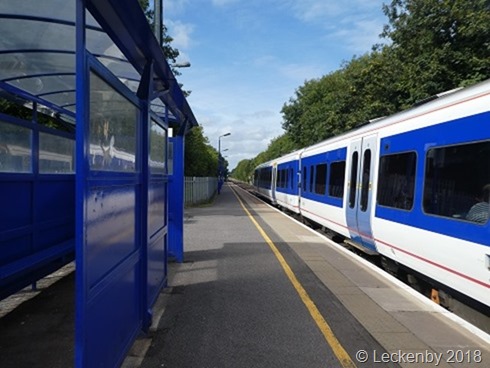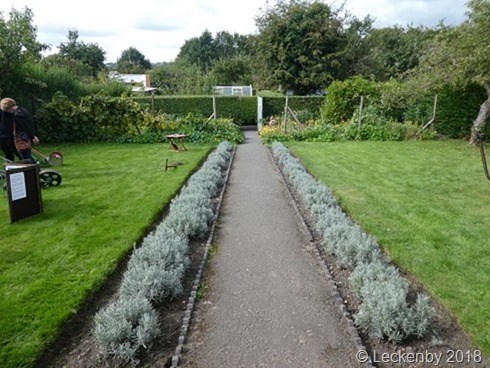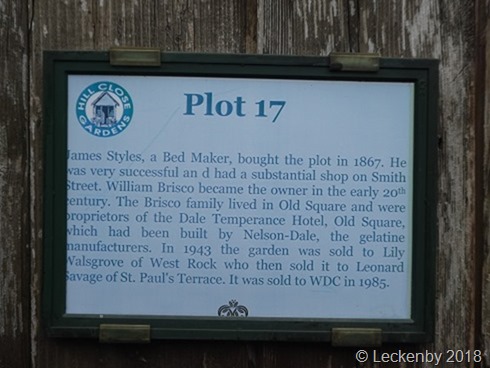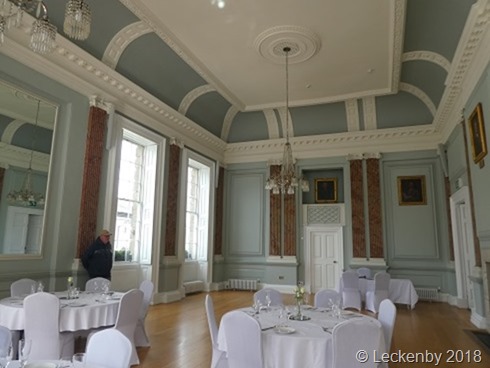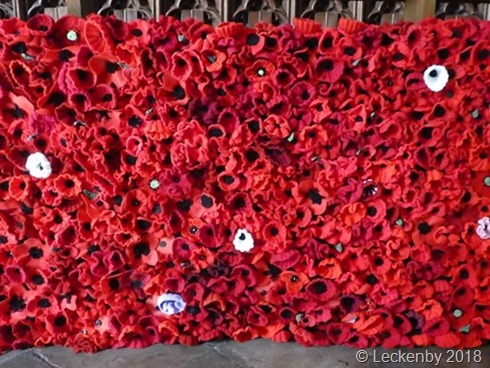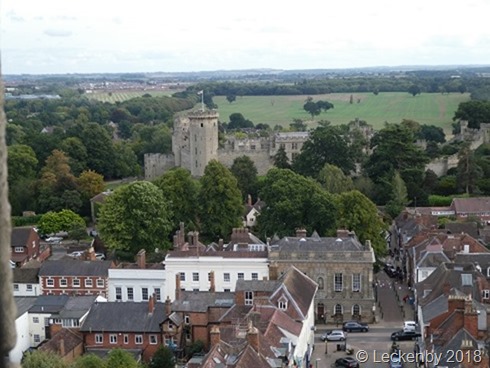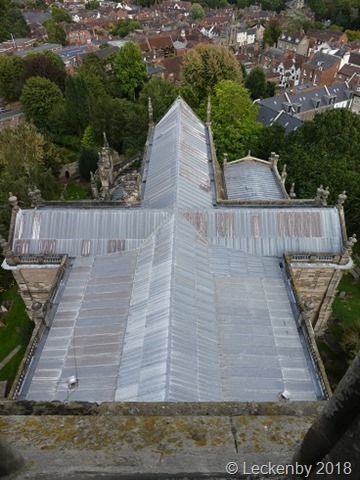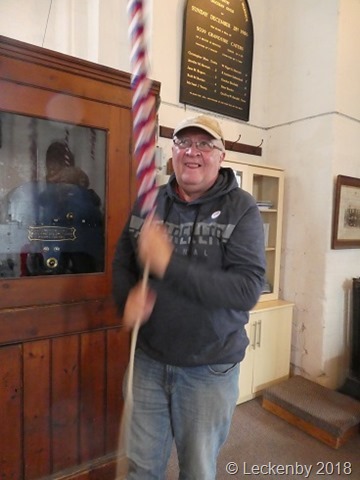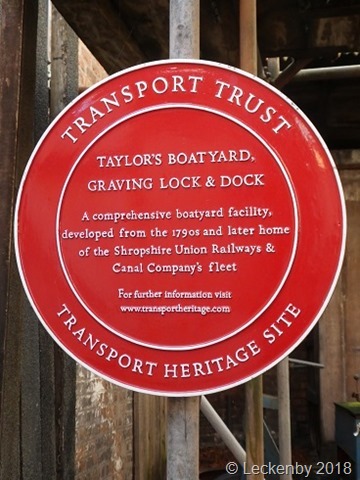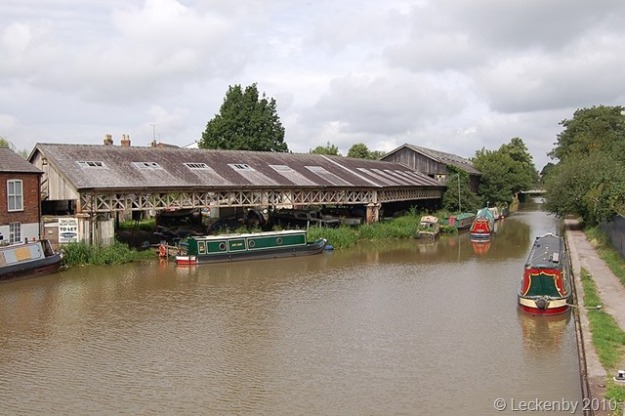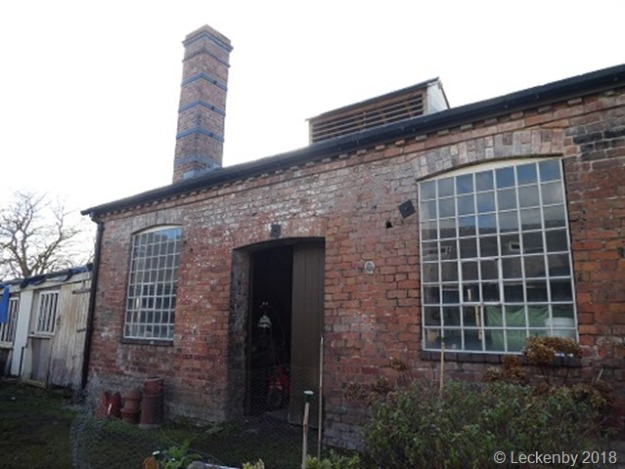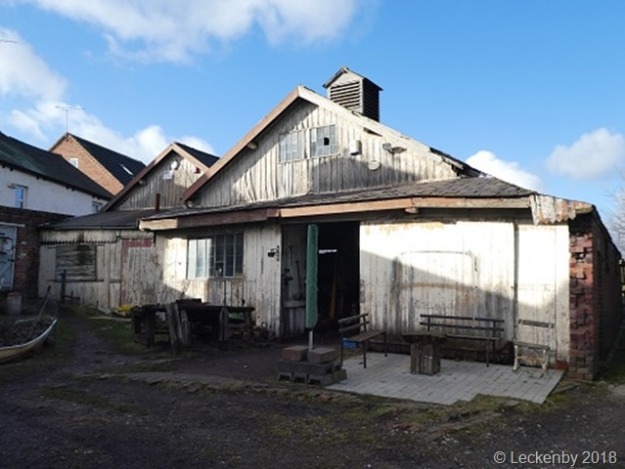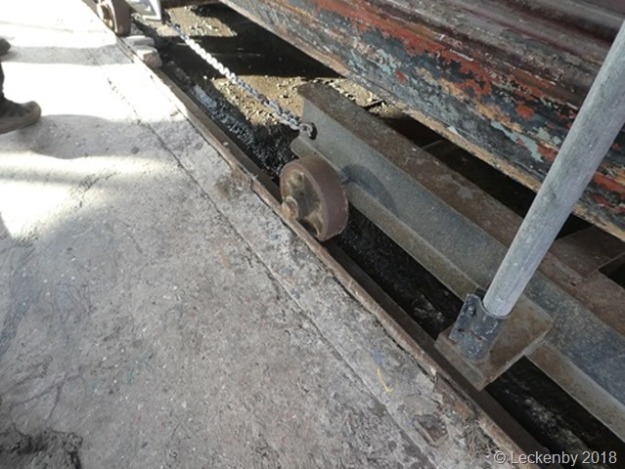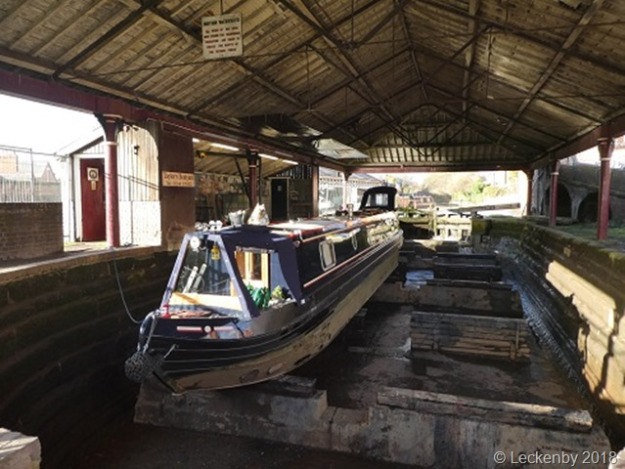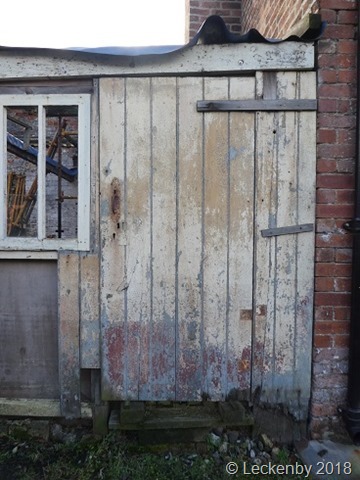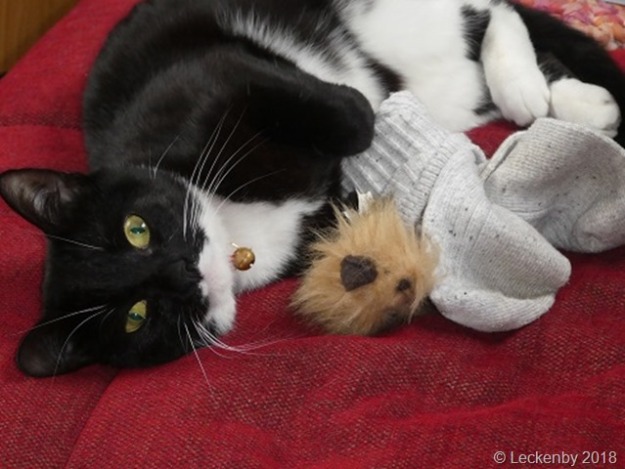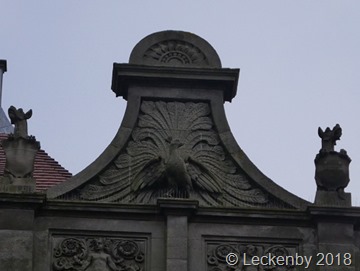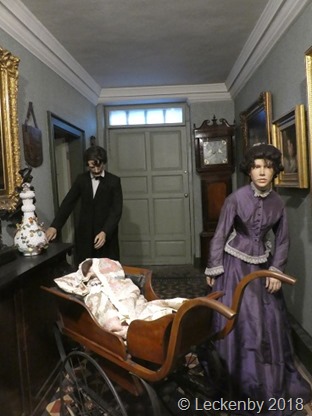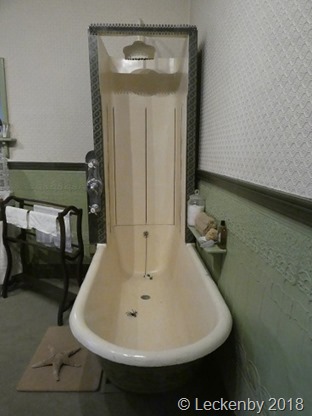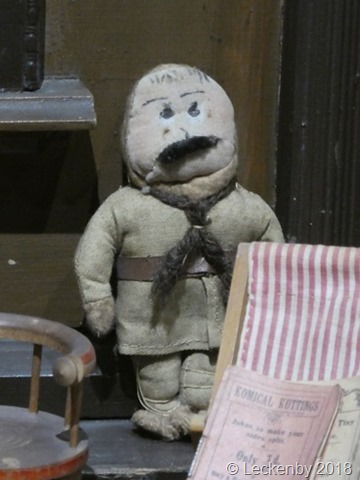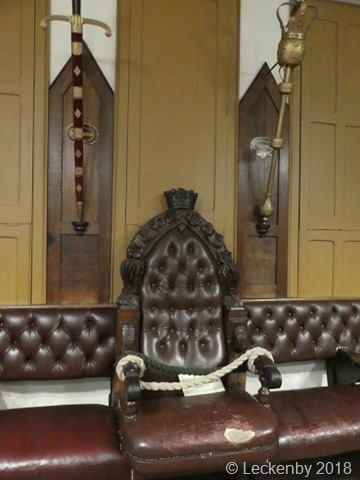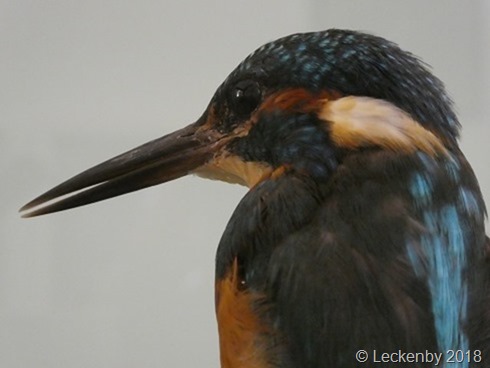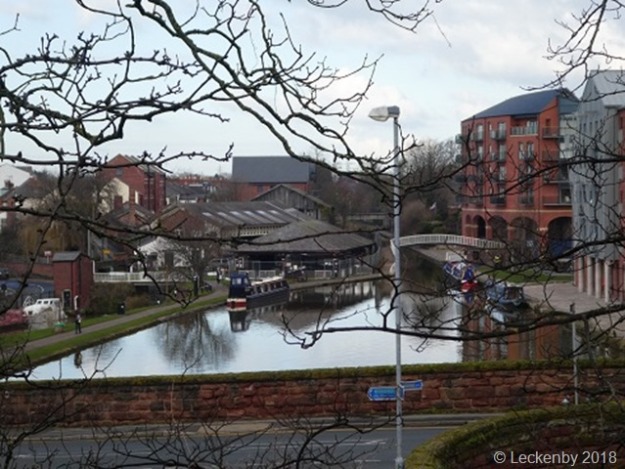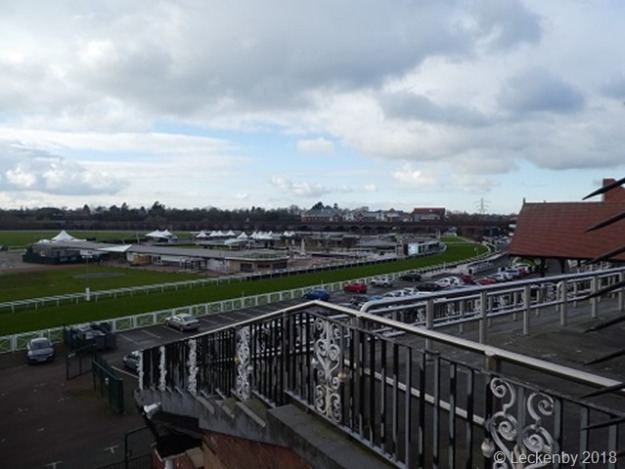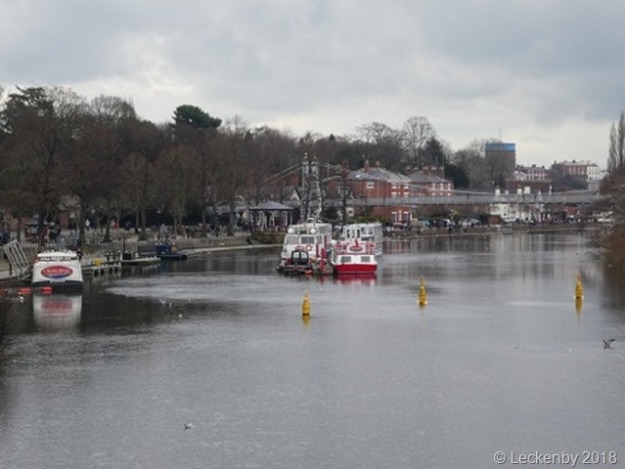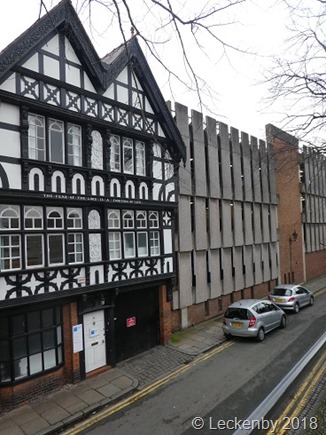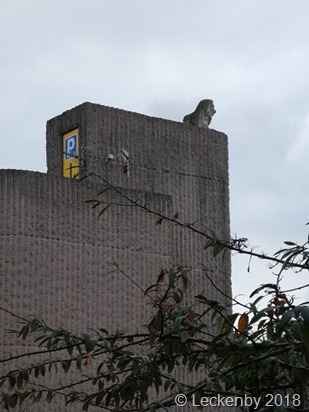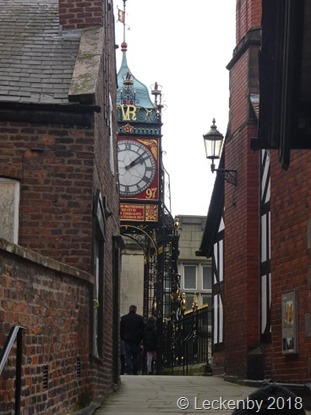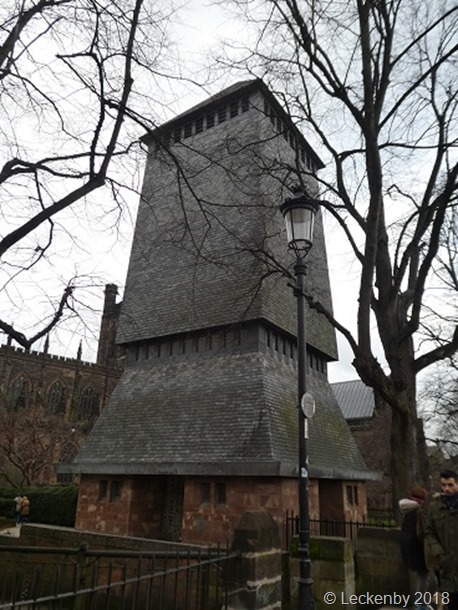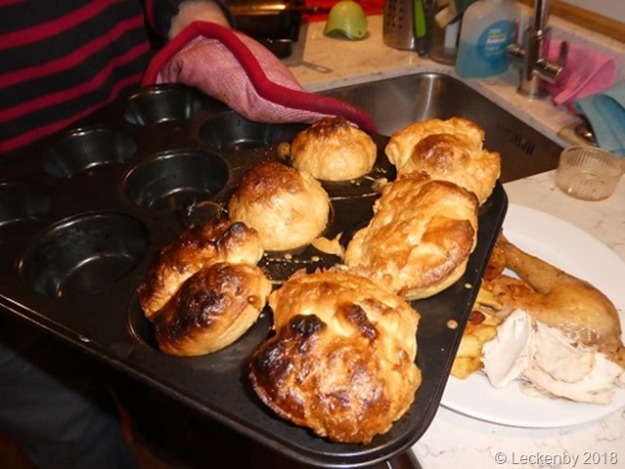Leamington Spa
The Heritage Open days are keeping us busy. Today we got the train over to Warwick as there were a few things there that appealed to us. Handy hint, if you want to do this journey without your boat go by train, not by bus. My train fare was £1.80 return compared to £5.50 on the bus, only downside is that the bus takes you closer to the town centre than the train, but not by miles.
We’d selected three places to visit, Hill Close Gardens, The Court House and St Mary’s Church. Starting off at the furthest we found our way to the Gardens. Just by the race course hidden away (there are brown signs to it) we came in through the visitors centre. We expected to only be there for an hour tops, but found ourselves weaving through the gardens for two.
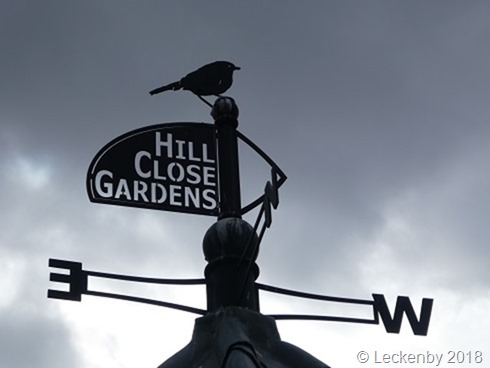 Hill Close Gardens are rare survivors of Victorian gardens once used by townsfolk who lived above their businesses, to escape the busy town. Back yards were full of wash houses, workshops and privies, no room for flowers or grass. So these businessmen rented a plot of land on the outskirts of town. In 1845 Hill Close pasture land was divided up into plots that Warwick people could rent. In these Detached Gardens they planted apple trees, grew fruit and veg, kept pigs and chickens and built small summer houses from which to enjoy their gardens. At a later date people could buy their gardens and by the early 20th Century parts were sold off for housing, but what remains today has been saved and restored by volunteers.
Hill Close Gardens are rare survivors of Victorian gardens once used by townsfolk who lived above their businesses, to escape the busy town. Back yards were full of wash houses, workshops and privies, no room for flowers or grass. So these businessmen rented a plot of land on the outskirts of town. In 1845 Hill Close pasture land was divided up into plots that Warwick people could rent. In these Detached Gardens they planted apple trees, grew fruit and veg, kept pigs and chickens and built small summer houses from which to enjoy their gardens. At a later date people could buy their gardens and by the early 20th Century parts were sold off for housing, but what remains today has been saved and restored by volunteers.
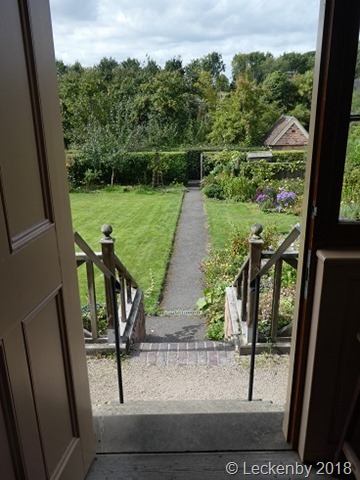
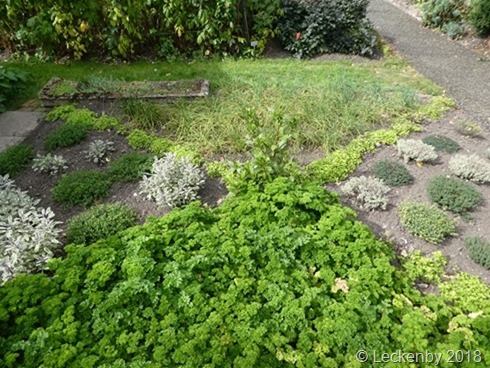 By the 1990’s most of the gardens had been sold off, but 16 remained, 2 still tended, the other 14 in very bad shape. By 1993 the council had bought much of the land and planning permission had been granted for 30 new houses to be built, the locals were stirred into action researching the site, one of only four left in the country. By 1994 local activists had managed to get four of the summer houses Grade 2 listed so the development was halted. The gardens themselves became Grade 2* listed shortly afterwards. By 2000 the council had helped to set up a trust to manage and restore the gardens for all to enjoy.
By the 1990’s most of the gardens had been sold off, but 16 remained, 2 still tended, the other 14 in very bad shape. By 1993 the council had bought much of the land and planning permission had been granted for 30 new houses to be built, the locals were stirred into action researching the site, one of only four left in the country. By 1994 local activists had managed to get four of the summer houses Grade 2 listed so the development was halted. The gardens themselves became Grade 2* listed shortly afterwards. By 2000 the council had helped to set up a trust to manage and restore the gardens for all to enjoy.
Heritage Lottery Funding in the mid 2000s enabled major restoration and by 2008 the gardens were opened up to the public frequently.
Each garden has a short history about its owners and has been laid out how it once would have been.
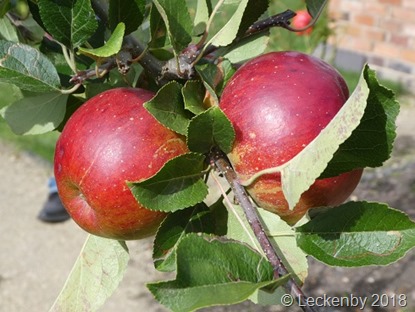
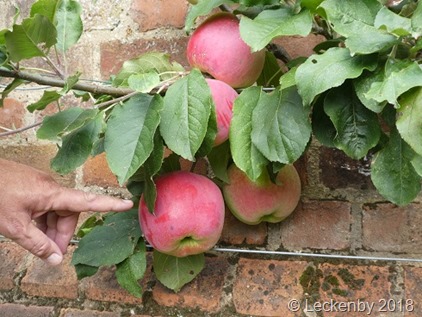

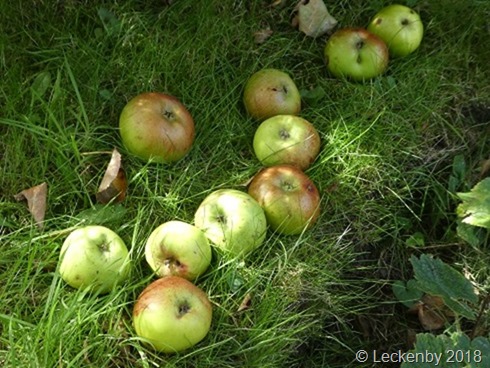 60 varieties of apples grow here, some ruby red, some huge, some abundant on their trees, all producing many windfalls.
60 varieties of apples grow here, some ruby red, some huge, some abundant on their trees, all producing many windfalls.
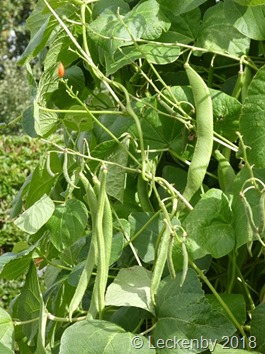
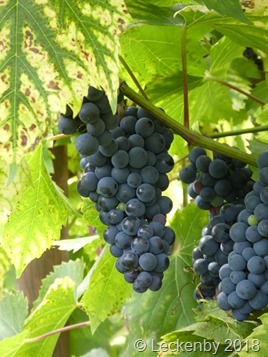 Grape vines, figs, pears, beans (how are yours Frank?), courgettes, all sorts.
Grape vines, figs, pears, beans (how are yours Frank?), courgettes, all sorts.
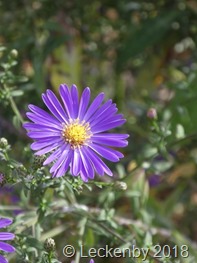
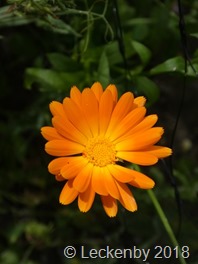
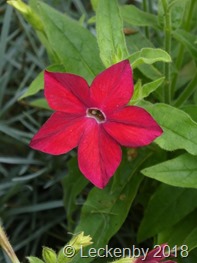
 We were also taken aback by the amount of colour still in the flower beds, oranges, reds and purples shouting out at us.
We were also taken aback by the amount of colour still in the flower beds, oranges, reds and purples shouting out at us.



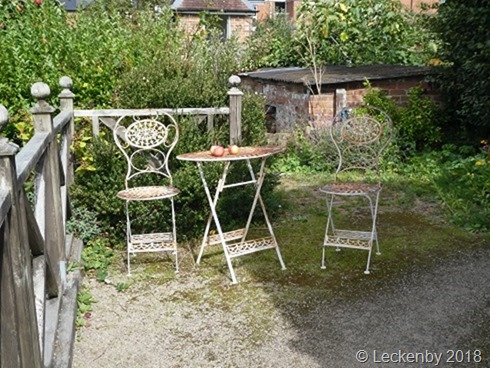 The summer houses, small with their fireplaces, look out over lawned areas all hedged in for privacy from one another. These are very smart posh allotments lovingly cared for and so worth a visit.
The summer houses, small with their fireplaces, look out over lawned areas all hedged in for privacy from one another. These are very smart posh allotments lovingly cared for and so worth a visit.
We left by the town entrance hidden away behind a modern development and made our way into town. Hungry we decided that we’d have lunch before looking at The Court House. The Market Place Pantry had a free table so we enjoyed toasted cheese and ham sandwiches of full gluten and non gluten varieties followed by a slice of cake each, all very tasty.
By now we’d missed the start of the tour, but went to have a look at The Court House ourselves. The tour was just finishing and they must have been given access to other areas that we couldn’t get to see. The ballroom upstairs was open but that was pretty much it, we’d seen the display downstairs last time we were in Warwick. So we walked up the road to get in line for the tour of the Bell Ringing Chamber at St Mary’s.
The church is being filled with poppies at the moment. A huge community project to mark the end of WW1 is underway. Panels everywhere are already covered in knitted, crocheted, paper, felt and tissue paper poppies. The main columns have been covered in black fabric and poppies are starting to be applied to them too. By November the whole church will be a riot of red. Intermixed with all the poppies there is the occasional white and purple ones. The white are for conscientious objectors. The purple for animals. The other day I came across a poppy I’d made for my friends in Scarborough that must have got away from the others, so if we end up coming this way I’ll drop it off to be added to the thousands.
Shortly before 4pm we were allowed up the circular stone staircase to the bell ringing chamber. St Mary’s bell chamber is built at the West end, added on, as the ground wasn’t thought to be stable enough to carry it over the main church. We were joined by about twenty others along with four of the bell ringers. There are ten bells, the oldest dating back to 1701, the current clock from 1901. The clock in recent years has been electrified saving a twice weekly job of winding it up, but this has meant that the quarter hour chimes are just slightly out at the moment due to this summers hot weather.
A model of how the bells work with their wheels was demonstrated to us and then a bell was rung. Large boards around the room celebrate the peals that have been rung for certain occasions and under a box (used to stand on) there is written a note to mark Queen Victoria’s death. Much history has been marked by the ringing of the bells.
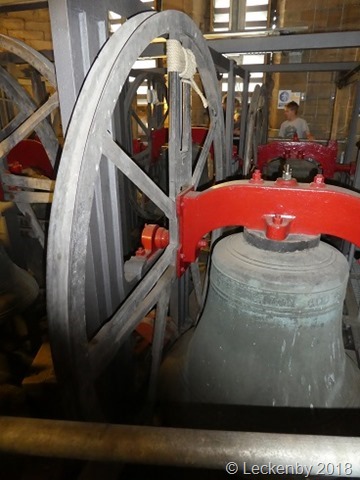
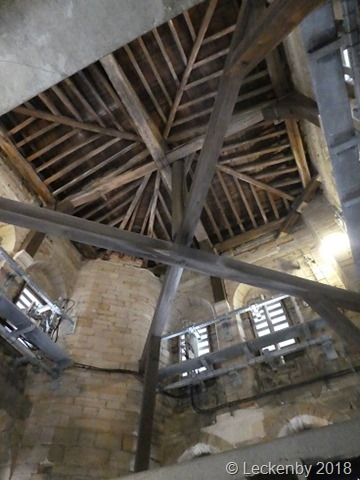 After we’d had everything explained to us we then took our time to climb the next 40 or so steps to see the bells. I’m not too keen on heights and Mick normally does such things on his own, but I felt today the official photographer should be on hand. The floor a metal grid was a touch unnerving for me, but once the ringers started to explain about the bells and point out the hammers etc I felt a lot better. Our visit here was timed so as not to coincide with any bells ringing! Then we all made our way up another 50 or so steps to the top of the tower.
After we’d had everything explained to us we then took our time to climb the next 40 or so steps to see the bells. I’m not too keen on heights and Mick normally does such things on his own, but I felt today the official photographer should be on hand. The floor a metal grid was a touch unnerving for me, but once the ringers started to explain about the bells and point out the hammers etc I felt a lot better. Our visit here was timed so as not to coincide with any bells ringing! Then we all made our way up another 50 or so steps to the top of the tower.
From here we could see for miles. The race course, the castle stood out very easily. Leamington Town Hall and church too. We tried to spot the Hatton flight of locks, we knew where it should be but it was being shy amongst the many trees. We’ve only done the flight in spring or autumn and wondered if you still get a good view of the church at this time of year.
I still don’t understand how people can stand leaning against the bars looking over the edge of such buildings, I can not get closer than two foot away. But I did my best and took photos at arms length.
Back down the stairs, much easier to descend backwards, there was chance for people to ring the bells. Mick held back, but I could tell he really wanted a go and in the end he succumbed, not having to jump into the air as much as the younger members of our party.
A very good day had by all. Except me!
0 locks, 0 miles, 2 trains, 16 gardens, 60 varieties of apples, 2 hours around the gardens, 2 toasties, 2 pots of tea, 2 slices of cake, 1 tour missed, 10 bells, 1701, 1901, 150 steps, 1 big boy bell ringer, 4 fantastic views, 1 rat to watch all day!

